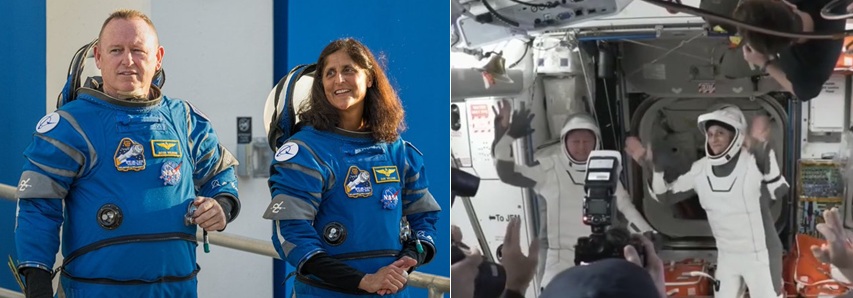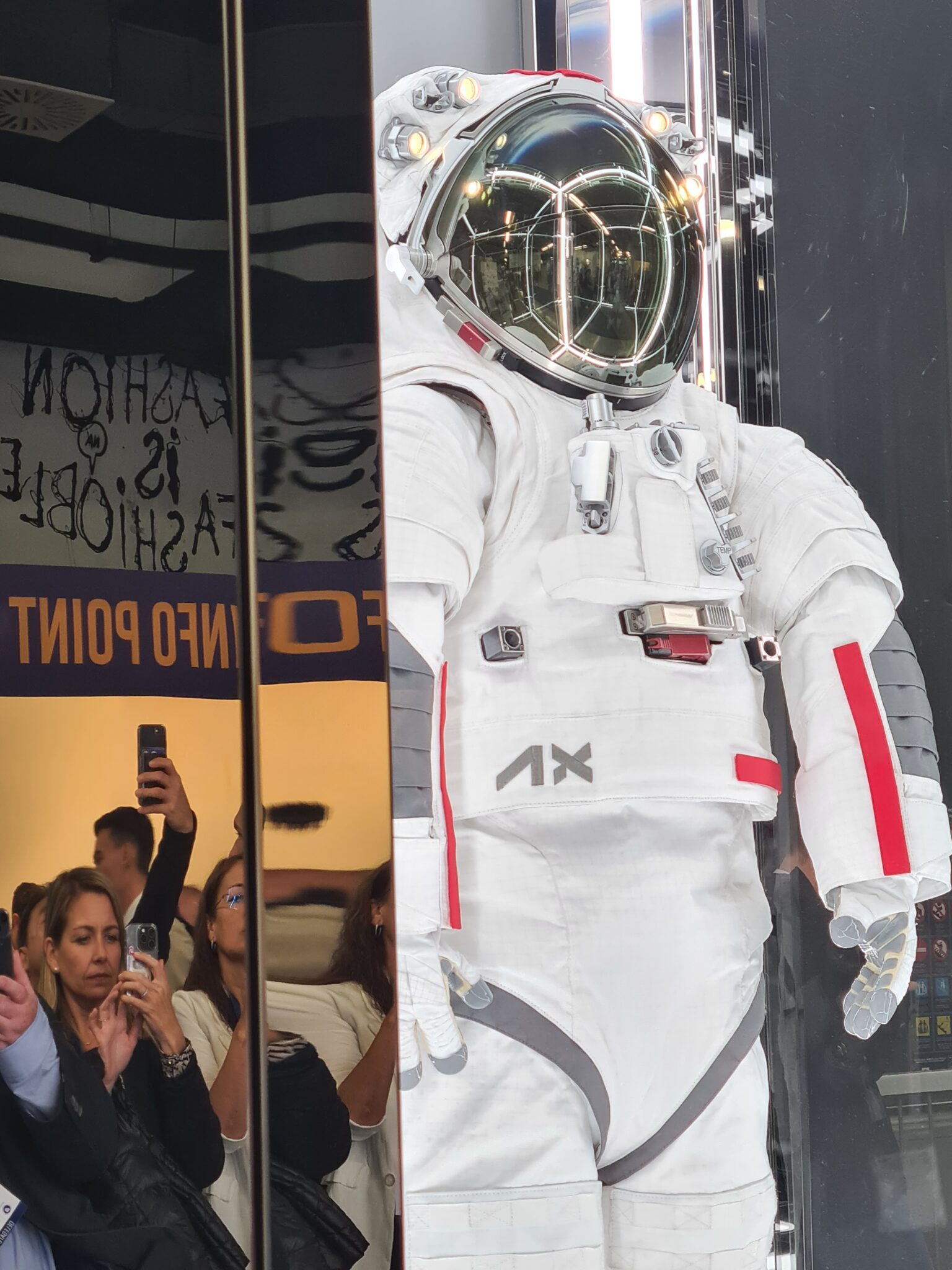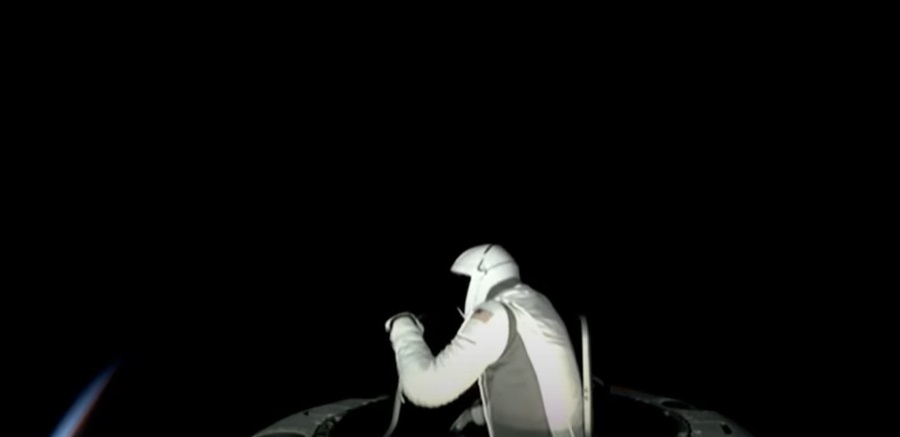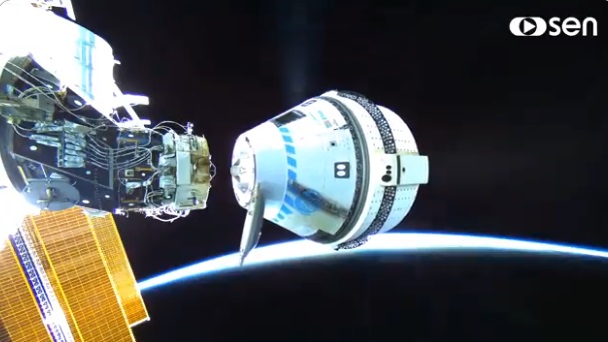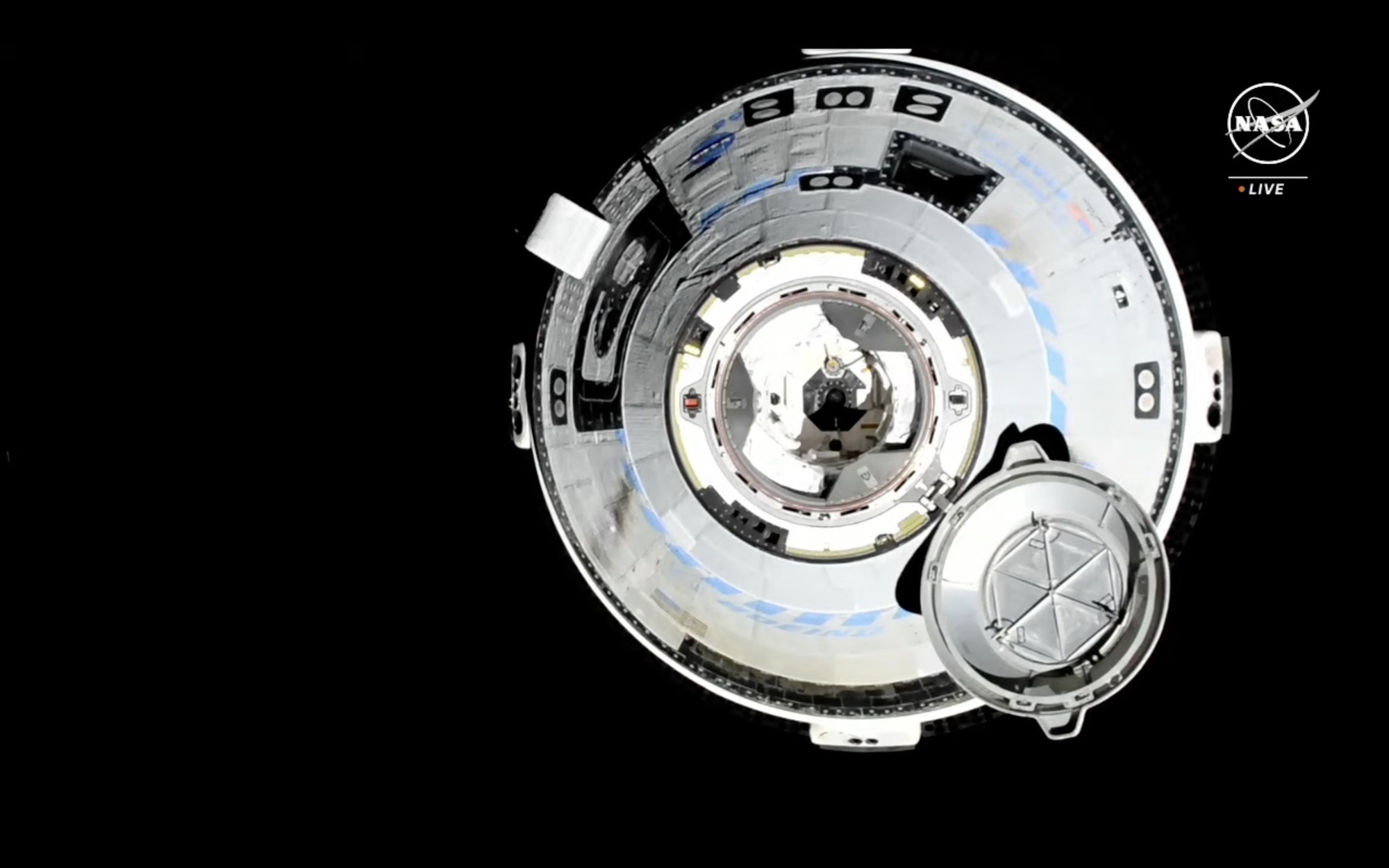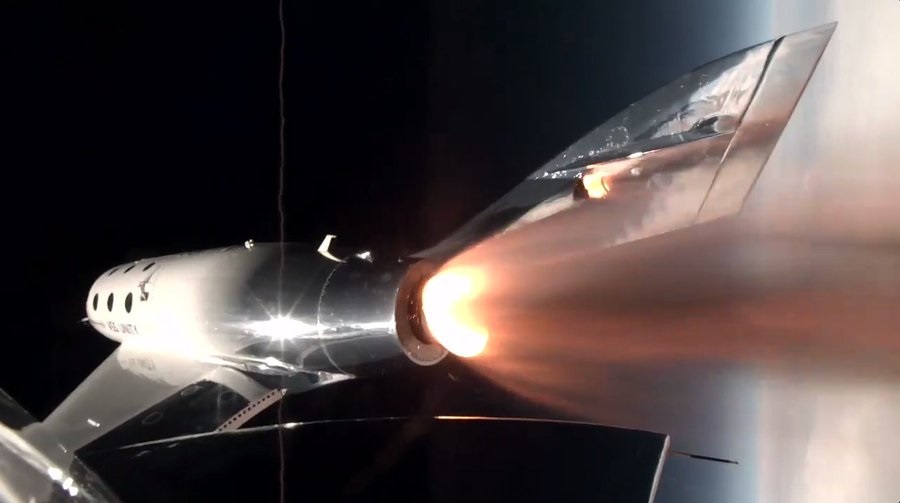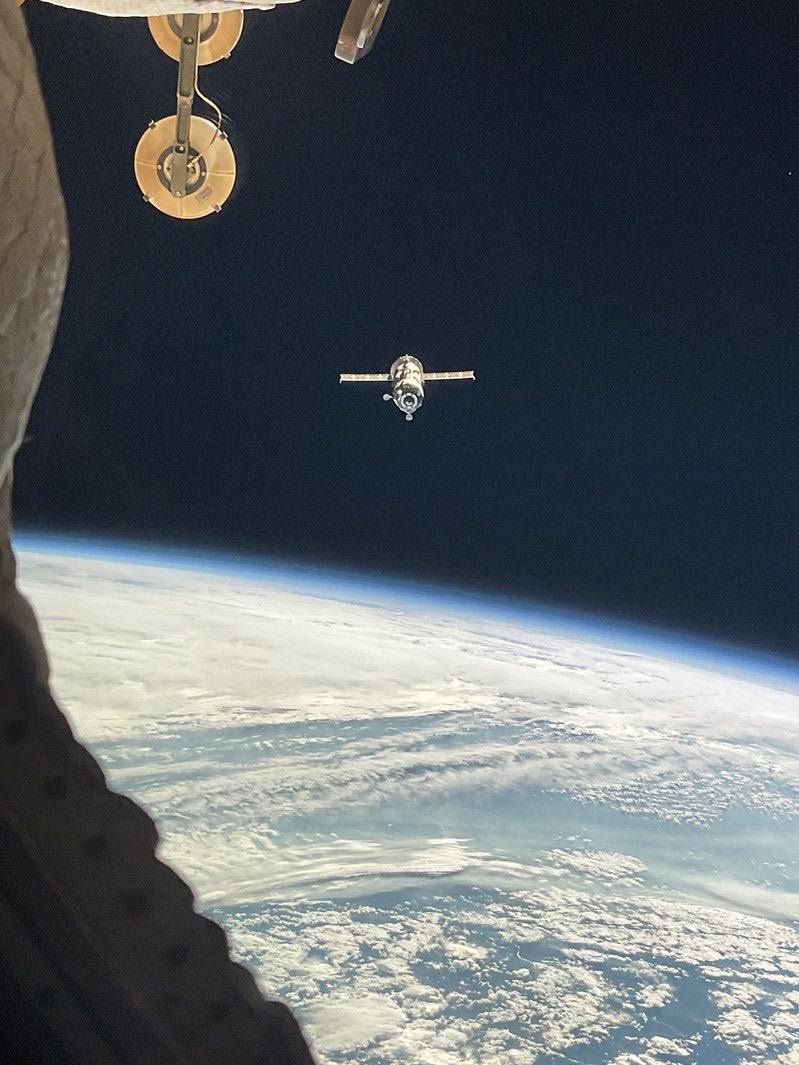On Friday 4 September I spoke to former NASA astronaut and Excalibur Almaz (EA) executive vice president for technical operations Leroy Chiao about the commercial orbital tourism venture that is using Soviet developed space vehicles. In the extended portion of this blog post are my notes from that telecon, facts that did not necessarily find their way into either this analysis article about the vehicles in development today or this article about Excalibur Almaz’s plans and some comment
Chiao’s vice president for product development, meaning the development of the Almaz spacecraft, is Jon Zelon
EA’s 2013 test flight Almaz will use the original reusable hull and heat shield design and retro rockets but have new avionics and a life support system, which the vehicle did not have during its nine unmanned test flights in the 1970s. There will also be a new service module. EA is talking to NPO Mashinostroyenia about using Russian systems for the spacecraft. NPO will supply the retro rockets and deorbit engine. EA would like to use other Russian subcontractors as well, possibly for the service module
Historically the Almaz spacecraft were launched by Proton and EA is looking at whether to launch its updated Almaz on Proton or Soyuz FG. Either way the launches would be from Baikonur. The mass of the service module required to provide a week long mission would probably determine whether it was a Proton or Soyuz launch
Chiao added that they are considering the Falcon 9 to launch their Almaz spacecraft
Because it can take 18-24 months to order a rocket EA will have to decide “fairly soon” what rocket they are going to use
EA has “comfortably enough” funding to take it through preliminary design review with its spacecraft. EADS Astrium is working on the service module concepts
EA has gone public now as part of its fund raising activity to take the vehicle to launch
The original Almaz spacecarft were flight tested from 1976 to 1979
The Russian name for the Almaz capsule was return apparatus and the Russian acronym was VA. EA is calling the VA its reusable return veicle or RRV. Attaching an RRV to an FGB module was given another name, the acronym in Russian being TKS
EA has purchased two Almaz space station hulls and has them in storage. Only if there is a business case for providing an orbital complex will it develop the Almaz station modules. The Almaz space station module was flown by the Soviets and crewed by three crews, transported to the station by Energia Soyuz
EA is looking at the export control situation. EA has many lawyers helping the company comply with US, UK and Russian laws. EA has been talking to the US Federal Aviation Administration about the formation of orbital tourism rules, as EA feels that FAA has made a lot of progress on suborbital transport but not orbital
EA does have a contract with United Space Alliance subsidiary Space Flight Operations as well as Astrium for its service module concept work. EA would like to see its service module “leverage” Astrium know how from its development of the European Space Agency’s Automated Transfer Vehicle
EA has had preliminary talks with the Russian Federal Space Agency’s head of human spaceflight
While EA could go down the “Dragonlab” route of offering unmanned Almaz spacecraft for recoverable automated orbital laboratory missions it does not want too, preferring to offer week long trips in space
EA is not interested in bidding for any NASA commercial crew programmes
EA’s pricing will take advantage of Space Adventures setting the market price and so Chiao was expecting a price of up to $35 million for a week long stay in orbit
Overall EA has a convincing cast of individuals on its board and as advisors and the use of flight tested Soviet technology makes a lot of sense but it does raise the question, why didn’t the Russians develop Almaz instead of Soyuz if the reusability worked?
The apparent ready support that Roscosmos head Anatoly Perminov gave at MAKS 2009 is a good sign and as Mr Perminov was previously General Perminov, Russian Space Forces commanding for all we know he worked on Almaz and would love to see it succeed
But like all businesses EA has that difficult balance of development challenges and fund raising hurdles and the need to find paying customers
As Chiao explained they have to decide whether its Proton or Soyuz FG fairly soon and that decision depends on the mass of the service module but if it meant six days in orbit instead of seven Hyperbola thinks EA should opt for Soyuz FG – its history of manned launch success is just to good for the marketing


